HOW TO CUSTOMISE AND CHOOSE THE RIGHT INDUSTRIAL FAN
Choosing the right HVLS for your facility can be a daunting task. But with Rite-Hite’s
Revolution series, you don’t have to buy online when you can customize your HVLS fan
plan.
HVLS fan planning: Custom figuration is best
It’s possible you’re bringing on additional, unnecessary costs if you purchase too many
fans or select fans that are too big for your space. On the other hand, not enough fans,
improper placement, and fans that are too small will underperform and not circulate air
properly.
Ask the experts for help finding the balance. Here are some of the variables the Rite-
Hite team considers when recommending a fan configuration:
Safe, secure mounting option
Building size
Negative or positive airflow
Obstacles that could reduce air flow efficiency
Fan drop height and air intake
Electrical wiring and voltage
Proper placement for redundant safety cables
Obstructions that could interfere with fan operations
Installing HVLS fans: is it worth Doing It Yourself?
Rite-Hite fans are manufactured, sold and installed by Rite-Hite employees. Our service
technicians are trained to properly install Rite-Hite HVLS fans and are backed by an
engineering team with 50+ years in the industrial manufacturing business. We believe
this is the best formula to help ensure your fans will operate at their peak performance.
Are you thinking about installing your own HVLS fan? You'll need a lift and other
essential installation equipment for a safe and proper installation.
A fan design and installation that is not executed properly can result in:
Excessive noise
Safety risks and personal injuries
Voided warranties
Damage to the physical structure
Electrical hazards
Interference with fire sprinkler system
Insufficient airflow and ventilation
Improper cooling temperature
Inoperable fan
When researching HVLS fans, there are four key areas for consideration:
1. Blade Design
The signature benefit of an HVLS fan is the production of air volume, which is created
by a large diameter fan blade that can span up to 24 feet. blade must be capable of
efficiently moving air or the result will be wasted energy. Fan blade design varies by
manufacturer, so it is important to look for a design that produces uniform pressure and
velocity from the hub to the tip of the blade without which issues such as backflow and
increased energy consumption will occur.
To maximize performance, look for a tapered blade design that is narrow at the tip,
where the blade velocity is higher, and widens toward the hub, where more blade area
is required due to lower blade velocity. Also, it is important to look at the angle of the
blade as it relates to the plane of rotation. The chord angle of the blade should be
minimal at the tip and gradually increase as it gets closer to the hub.
The overall shape and design of a fan blade is what produces maximum air volume
– not the number of blades. Certain HVLS fans struggle to produce consistent air
movement because they are made from extruded aluminium. With extruded blades, the
shape or blade angle is uniform from root to tip, or in other words, there is no blade
twist. With this type of design, there is limited or no air movement directly underneath
the fan centre. This is a result of the blade tip moving most of the airflow and the blade
root producing limited airflow. As a result, some manufacturers add blades to help
compensate, which adds cost to the fan without increasing performance or value.
Rite-Hite, a leading manufacturer of HVLS fans, constructs its blades from strong, light-
weight aluminium. This produces a more stable blade that maximizes air movement
directly underneath the fan. In addition, Rite-Hite fan blades have an advanced,
contoured shape (tilt, taper and twist) that produces consistent airflow across the entire
length of the blade. This unique fan blade design produces the most air, over the largest
area, at the lowest cost when compared to competitive HVLS fans.
2. Hub and Mounting System
The design and construction of the fan blade is important; however, it’s equally
important to look at how the fan blade is mounted and the overall construction of the
hub. A tight, solid connection between the blade and hub is critically important.
Similar to the blades of a helicopter, Rite-Hite’s fan blades are attached to the hub by a
pivot. The pivot is surrounded by a resilient, vibration-absorbing material, which eases
the stress transferred to the hub and drive during operation. When compared to fans
with rigidly- mounted blades, Rite- Hite blades can reduce stress to the hub and drive by
upwards of 50 percent, which substantially increases the life of the drive mechanism.
A strong blade and hub design is extremely important, particularly in applications where
multiple HVLS fans will be used or when HVLS fans will be used with other HVAC
equipment. Competing air currents can damage weaker fans that are unable to absorb
the forces created by lift and pressure.
To ensure a tight connection, Rite-Hite fan blades are mounted in two specific ways.
They are seated on the hub arm and then locked into position with a machined bolt that
requires a torque setting. In addition, all Rite-Hite hubs and blades are “rotationally-
balanced” at the factory and will never require adjustment. This ensures smooth and
balanced operation over the lifetime of the fan.
Most HVLS fan manufacturers use a cast hub, which is created by pouring molten
aluminium into a mould. It is difficult to regulate the consistency of a casting due to
variances in the materials and manufacturing process. As a result, cast hubs are more
porous and susceptible to cracking. Rite-Hite uses a milled aluminium hub that is much
stronger than a traditional cast hub. A computer- controlled milling machine is used to
remove materials from a block of aluminium. This process produces a more durable and
reliable hub when compared to a cast hub.
3. Safety
Safety is always an important consideration when purchasing a piece of industrial
equipment. Businesses should look for HVLS fans that offer a three-way motor-to- hub
safety connection. First, look for a hub that attaches to the motor using a reverse thread
bolt and tapered aluminium bushing. Second, look for a safety ring that backs up the
motor to hub connection. And finally, each blade arm should be attached to the safety
ring. These three features, working together, help to ensure the safety of people
underneath and around the fan.
4. On-site Consultation
Prior to purchasing HVLS fans, companies should to talk with a professional who can
analyse a specific application. A consultant will look at things such as building size and
operation; the amount of open and confined spaces within a facility; existing HVAC
systems and more.
The goal is to match the right size fan and desired air speed to a specific floor plan.
Rite-Hite offers a wide variety of HVLS fans and can recommend a solution that is best
suited for a specific application.
We’re here to help you select the most appropriate fan configuration and follow
through with a safe and professional installation by a local Rite-Hite technician:
It doesn’t make sense to entrust a vendor or big box retailer who is unfamiliar with the
specific requirements of your new fan investment. You also don’t have to buy your
industrial ceiling fans, heavy duty fans, or HVLS fans online and install them on your
own.
Corporate Station Bangladesh is authorized distributor of Rite Hite in Bangladesh
market. For any product or technical support contact with Corporate Station
Bangladesh.

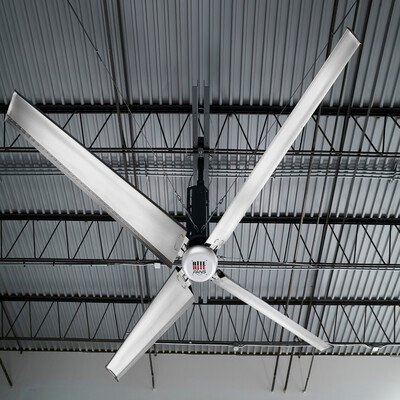

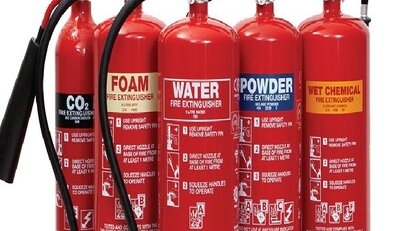

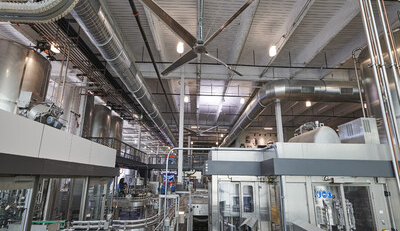
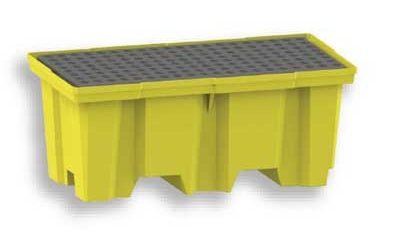
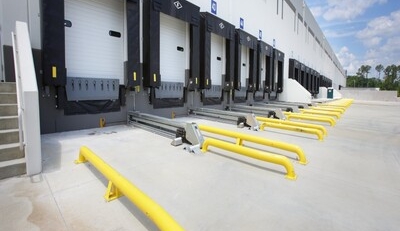
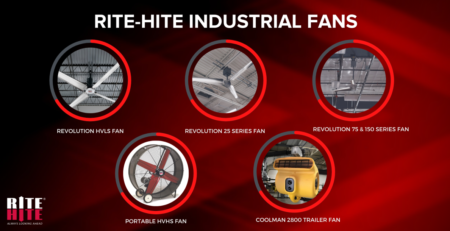
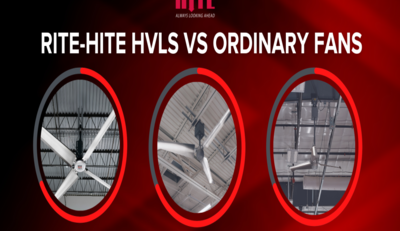


Leave a Reply